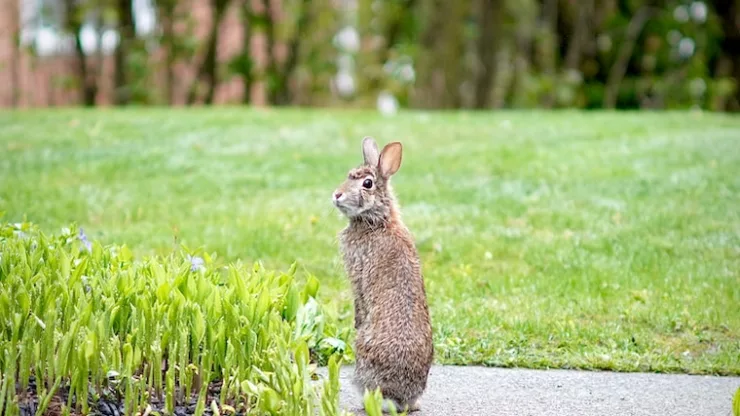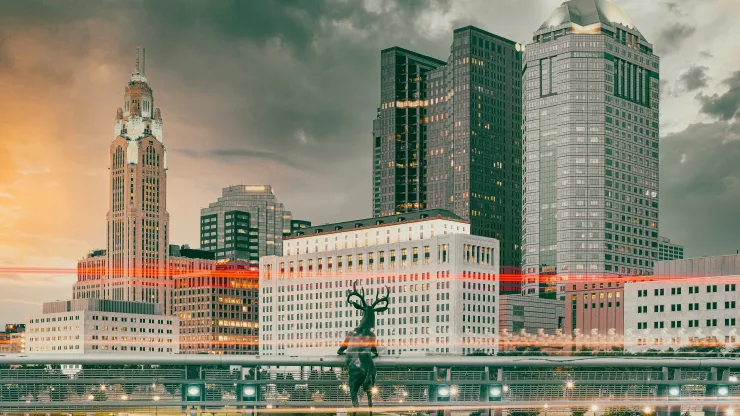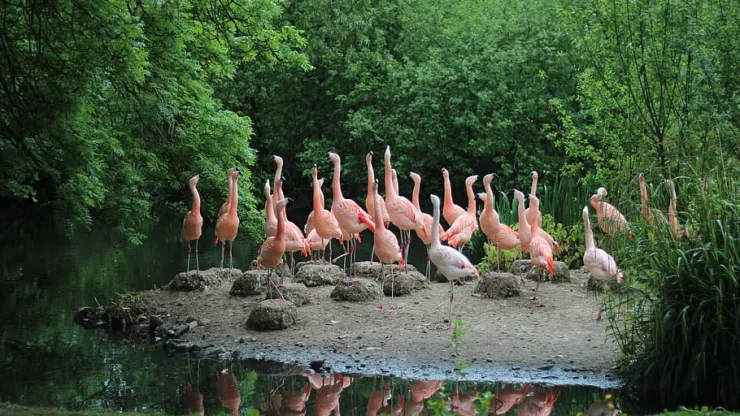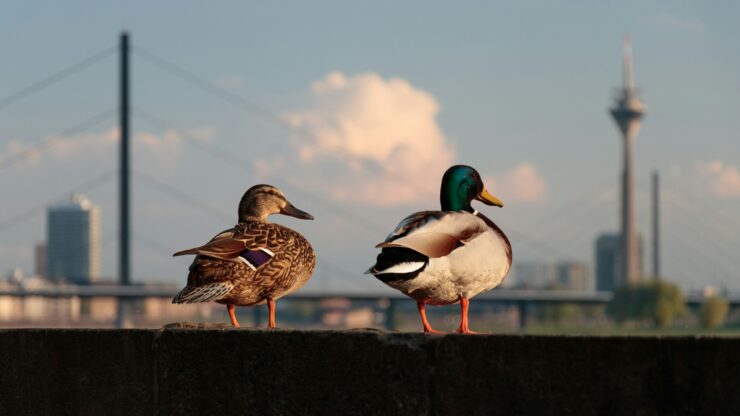As cities continue to expand, the natural world is increasingly being pushed aside.
But what many people don’t realize is that even in the midst of the concrete jungle, there is an abundance of wildlife.
From birds and mammals to reptiles and amphibians, urban areas are home to a surprising variety of creatures.
In this article, we’ll explore the beauty, importance, and challenges of urban wildlife, as well as the benefits and ways we can conserve these hidden treasures.
Jump to Section
Introduction
It’s easy to feel disconnected from nature when living in a city. But the truth is, nature is all around us, even in the most unexpected places.
Urban wildlife provides a unique opportunity to connect with the natural world and appreciate the biodiversity that exists in our own backyard.
The Beauty of Urban Wildlife
Urban wildlife can be just as beautiful and fascinating as their rural counterparts.
Watching a hawk soar through the city skyline or listening to the chirping of birds in the park can be a source of joy and wonder.
Many species of urban wildlife are also surprisingly adaptable, finding innovative ways to survive and thrive in the midst of human development.
What is Urban Wildlife?
Definition and Characteristics
Urban wildlife refers to any species of wildlife that lives within or adjacent to human settlements.
These can include animals that have adapted to urban environments, as well as those that have been displaced from their natural habitats due to development.
Some common characteristics of urban wildlife include:
- High tolerance for human activity and disturbance
- Ability to live in a wide range of habitats, from parks and gardens to abandoned buildings and storm drains
- Dependence on human resources, such as food and shelter
Importance of Urban Wildlife
Urban wildlife plays a crucial role in maintaining healthy ecosystems and providing a range of ecosystem services, such as pollination, pest control, and nutrient cycling.
They also provide numerous benefits to humans, including:
- Opportunities for education and recreation
- Cultural and spiritual significance
- Aesthetic and psychological benefits
Types of Urban Wildlife
Birds
Birds are one of the most visible and beloved forms of urban wildlife.
From pigeons and sparrows to hawks and owls, cities are home to a diverse array of bird species.
Common Bird Species in Urban Areas
Some of the most common bird species found in urban areas include:
- Pigeons
- Sparrows
- Starlings
- Crows
- Seagulls
- Red-tailed hawks
- Peregrine falcons
- Owls
Bird Watching in the City
Bird watching is a popular pastime that can be enjoyed in urban areas.
Many cities have designated bird watching areas and nature reserves where enthusiasts can observe and learn about different bird species.
Mammals
Urban areas are also home to a variety of mammal species, both large and small.
Rodents and Bats
Rodents such as rats and mice are common in urban areas, as are bats, which are important pollinators and pest controllers.
Coyotes and Other Carnivores
Some larger mammals that have adapted to urban environments include coyotes, foxes, raccoons, and opossums.
While these animals can sometimes be seen as pests or nuisances, they play important roles in maintaining healthy ecosystems and should be respected and appreciated.
Reptiles and Amphibians
While less visible than birds and mammals, reptiles and amphibians also make their homes in urban environments.
Snakes and Lizards
Snakes and lizards are found in many urban areas and can play important roles in controlling rodent populations.
Frogs and Toads
Frogs and toads are also important indicators of environmental health and can be found in urban ponds and wetlands.
Challenges Faced by Urban Wildlife
Habitat Loss and Fragmentation
One of the biggest challenges facing urban wildlife is habitat loss and fragmentation.
As cities expand, natural habitats are destroyed or fragmented, making it difficult for wildlife to find suitable homes and resources.
Pollution and Contamination
Urban areas are also often plagued by pollution and contamination, which can have serious impacts on wildlife health and survival.
Human-Wildlife Conflict
Human-wildlife conflict is another common challenge in urban areas, as wildlife may come into conflict with humans over resources such as food and shelter.
Benefits of Urban Wildlife
Ecosystem Services Provided by Urban Wildlife
Urban wildlife provides a range of ecosystem services, including pollination, pest control, and nutrient cycling, which are crucial for maintaining healthy urban ecosystems.
Education and Recreation Opportunities
Urban wildlife also provides opportunities for education and recreation, as well as aesthetic and psychological benefits.
Cultural and Spiritual Significance
Many species of urban wildlife have cultural and spiritual significance, serving as symbols of local identity and heritage.
Conservation of Urban Wildlife
Laws and Regulations
Laws and regulations play an important role in protecting urban wildlife.
Many cities have laws and ordinances that regulate activities such as feeding wildlife, trapping, and hunting.
Habitat Restoration and Enhancement
Habitat restoration and enhancement can also help to conserve urban wildlife by creating and maintaining suitable habitats.
Community Involvement
Community involvement is also crucial for conserving urban wildlife.
This can include activities such as citizen science projects, community gardens, and wildlife-friendly landscaping.
Conclusion
Appreciating and Protecting Urban Wildlife
Urban wildlife provides a unique opportunity to connect with the natural world and appreciate the biodiversity that exists in our own backyard.
By understanding the challenges facing urban wildlife and working to conserve and protect these hidden treasures, we can ensure that future generations will be able to enjoy the beauty and benefits of urban wildlife.
FAQ
What are some common bird species found in urban areas?
Some common bird species found in urban areas include pigeons, sparrows, crows, seagulls, red-tailed hawks, and owls.
What are some challenges facing urban wildlife?
Some challenges facing urban wildlife include habitat loss and fragmentation, pollution and contamination, and human-wildlife conflict.
How can we conserve urban wildlife?
We can conserve urban wildlife through laws and regulations, habitat restoration and enhancement, and community involvement.
I’m a nature enthusiast and creator of Metro Wilds and have spent years exploring the great outdoors.
With a passion for environmental conservation and sustainability, I have dedicated my career to writing about the beauty and wonders of nature, as well as the threats facing our planet.
Contact me at [email protected] for assistance.





